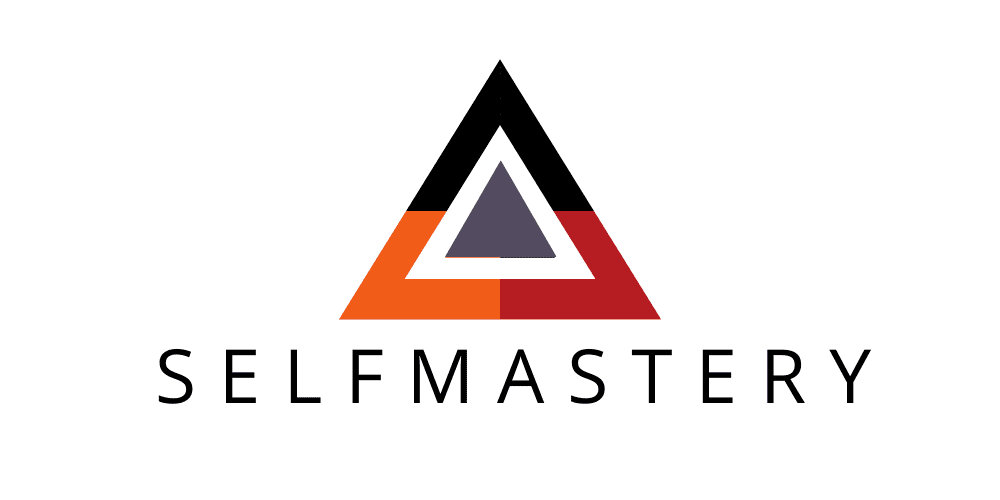
18 Sep My Bias IN NUTRITION: Mobile Control
In my last post I said that when it came to nutrition stating one’s bias was a token of intellectual honesty I respected. I realized that I have never stated my bias in this blog. I have said it a thousand times when asked by people on what is my approach to nutrition, or when doing food presentations. But I have never given it a good and thorough characterization. Here’s how we fix that. A caveat: this will always be a work in progress. My purpose in life is to always keep learning. And learning will definitely make me question my own assumptions and change my point of view. This means you are just reading version 1.0 of my bias.
I believe in mobile control. I believe what works for me does not necessarily work for you. Control means to make sure your nutritional habits align with your values and with your objectives. It is not a set of fixed rules and rigid protocols. Control is having your true self as your accountability measure. I also believe in mobility. I believe freedom is having more options. I want my clients to be able to choose, to know what works for them, and to be able to adapt their nutrition to what they need and want. Our objectives and goals change in life, our bodies change, hence our control has to be mobile.
This is a little dry. I can hear the voice of my dissertation advisor screaming: Juan you need to unpack this. So let me start by telling you where my approach comes from.
The traditional ways of modern eating
In the nutritional world of the 90’s, researchers conceptualized three different kinds of nutritional interventions to deal with obesity, and eating disorders. These kinds of interventions are three different ways of eating. They are complete and independent, which means that we can really differentiate in a measurable way if you are doing one or the other. Here they are:
▶ Intuitive eating: Here you rely solely on your hunger cues to regulate your eating. You don’t have a set number of calories or a prescribed macronutrient intake. You eat when you are hungry, you stop when you are not. If your body tells you are hungry for apple, you eat an apple. (Characterized by Tylka, Tracy L., Kroon Van Diest, Ashley M. here).
▶ Rigid Control: Here you rely fully on a given plan. You need to be told what to eat, and when to eat. Calorie and/or macronutrient intake is closely monitored and set independent from body/hunger cues. In this model you stay with your plan, and there is no compensation. (Characterized by Westenhoefer J., Stunkard AJ, Pudel V., here)
▶ Flexible Control: Here you rely on a given plan but you allow compensation. There is a set number of calories and/or a prescribed macronutrient intake but you allow some movement. So if in a day or a meal you go over/under your plan, in the next or meal you compensate to accommodate for the deficit. (Characterized by Westenhoefer J., Stunkard AJ, Pudel V., here)
The first thing you should know is that intuitive eating is not just eating as your kids eat. You know, eating whatever you feel like, whenever you feel like it, and going just by taste. It does require awareness, it does require the subject to be able to differentiate cravings from hunger, it requires the knowledge to discern what cue means what, and it does require purpose: you are eating to nourish your body and to have better health.
The second thing to notice is that when we say these methods are independent this means something big. If you only looked at calorie intake, rigid and flexible control should yield the same results. They don’t, and this is measurable, not just in terms of bodycomp but in mental health too (see here).
The last thing to notice is that these three different interventions were designed to be monitored interventions for patients with some kind of eating disorder, or obesity. In that scenario, you can closely follow your patient’s habits and really assign him/her to one of these interventions. In real/practical life you need to think about these ways of eating more in terms of a spectrum than solid closed sets.
What is Mobile Control?
Now let’s go back to mobile control. For me nutrition is a process it is not a steady state or just a way of eating. When clients come to me, the first thing I check is how close they are to intuitive eating. Most people are very far, they don’t know their hunger cues, and their relationship with their bodies is pretty messed up by years of industrialized foods and diet culture. Most people also tend to believe that what they need is a rigid control approach: “Juan, I am good at following rules, just tell me what to eat”.
However, if my client is not capable of sustaining intuitive eating successfully on their own, meaning they don’t trust their bodies or they cannot listen to them and feed them correctly for their goals, I start there. This is 99% of my cases. To get my clients to some level of intuitive eating I have to give them a lot of support. In my experience, jumping right into going by feel does not work. It goes against people’s inner beliefs so you have to provide a lot of structure and support until the person trusts his/her body and his behaviors. This is a long process, and it usually emphasizes improving the quality of foods to more whole and less processed foods. Hunger cues are greatly skewed by insulin sensitivity, which in turn is heavily skewed by industrialized foods. This structure and support does not come in the form of rigid rules and numbers, but rather in the form of principles and guidelines adjustable to the subject and aimed to let them find their own way.
I start here because I need to improve my client’s relationship with their own bodies. If that relationship is not solid, they will always be in a state of mistrust with their own bodies, they will feel there is something wrong with them, and they will be afraid and victimized by food. If in this state I give them a rigid or flexible control plan that somewhat works –because it can, that will reinforce the message of mistrust and the need for external cues. In other words: they will need me. Instead of freedom, I gave them dependance 👎. Also, from the research we have, intuitive eating is correlated with more success and better mental health. Rigid control, on the other hand, is correlated with high levels of stress, binge eating, and higher BMI. This coincides with my professional experience as well.
Now once a person can handle intuitive eating with success most people are done. They like eating like this, they like where they are, their bodies perform how they want, and their lifestyle choices align with their eating habits. If that’s the case we stop there, on that end of the spectrum. Most people who just want to live a happy healthier life stop here.
If the person is up for it I go farther and try to teach them how to be able to control their nutrition to create different stimuli. You see, if you just eat by intuitively, your body will perform very well and it will reach a state of homeostasis. It is healthy, everything functions well, there is a trustworthy and steady state of good nutrients so fat accumulation is minimal. The body finds a sweet spot and just stays there. Keep in mind, this is not a six month process, this is a n-years process. With time there will be some adjustments needed to be made because of aging and hormones, but if the foundation is solid the person should be able to do these adjustments on her/his own. If you want to produce more advanced adaptations to your body, for example lowering body-fat very low, or eating to perform optimally and maximally at your sport, you have to turn into flexible or rigid control protocols. Doing this requires a lot of trial and error, highly informed trial and error that is. It also requires the person is mature enough nutritionally speaking. As I said, most people believe that is exactly what they need, without ever having mastered the intuitive eating part –they are immature. I think that is a mistake; if you have not reached a level of homeostasis, a solid baseline, your external intervention will be very uncontrollable, it will not be measurable and repeatable because your initial state was not either. And so it is just poor science, and it might produce a set of undesirable results.
But if the person can sustain intuitive eating, and states of rigid/flexible control, then we can teach that person how to go back and forth, and adjust for their goals. Keep in mind that no matter what I want my clients to spend most of their lives in an intuitive eating state where they are continually learning about their bodies and selves.
Another feature of having a process approach is that it allows me to give the person the freedom that I want, the mobility I want. For me mobility is being able to go to all sides of the spectrum with efficacy and proficiency. This idea comes from mobility in movement. You see most people think of mobility as flexibility, which is the ability to achieve a certain range of motion, like being able to touch the ground with your hand while standing. Mobility is more than that, mobility is having strength and control in those ranges of motion. Think of it as not just being able to get into a split(flexibility) but being able to stand up from a split (mobility). So mobile control in nutrition is to know how to eat in all different ways (mobile)in order to achieve the goals that you want (control). As you can see, this requires a lot of work, and patience. But the rewards are inmmense. If you want to see where you are in the mobile control spectrum, start with the base, how good are you at intuitive eating?
That is my bias v1.0.
Keep thriving,
juan


